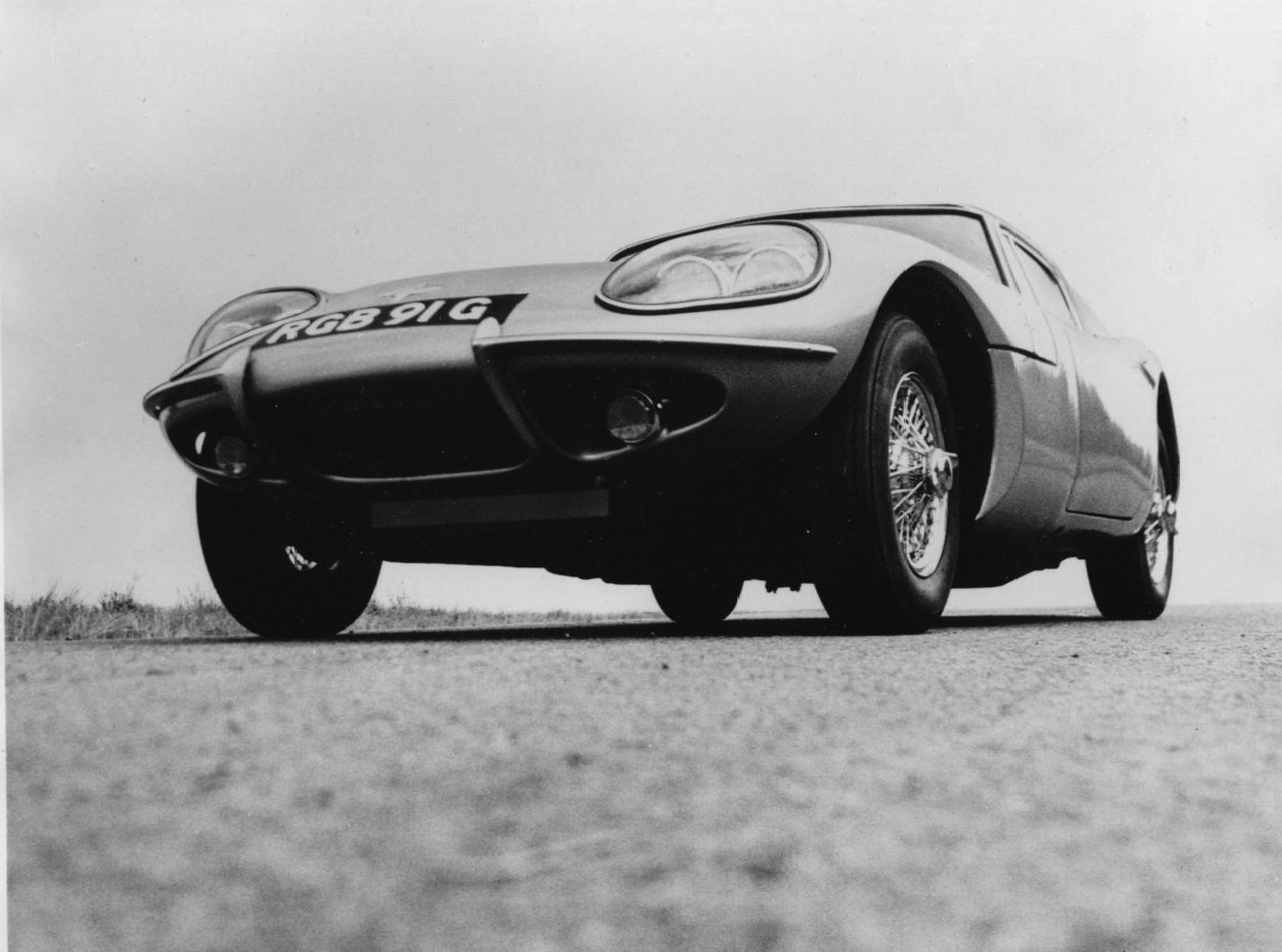Buying a Marcos

To get one of these badges, it's best if it comes attached to one of these.

The Marcos GT first appeared in 1964 and production of the 'traditional, Marcos finished in 1992 although two additional models, the Martina and Mantara continued in production until 1998.
After 1998, the cars made by Marcos retained a similar silhouette but were more 'muscle car', 'being more 'rounded' and had extended curves and bumps. We'll deal with those cars later and concentrate on the early cars to start with.
Depending on the age of the car your thinking of buying it could well be over fifty years old. In that time the raw materials, as well as running gear used on the cars, have come a long way. Manufacturing techniques in fibreglass were in their infancy in the 60's and it can show!

"Fibreglass cars don't rot, so what's the worry?"
Don't believe it, you need your wits about you when buying one of these cars otherwise you could end up paying a fortune to get what you thought was a classic runner, anywhere close to a usable car.
Buyer beware is always a good position to start from and don't be fooled by the curves and beauty of these cars. Whilst it's impossible to detail exactly what to look for on every car, we'll try to point out some of the pitfalls and things to look out for when buying a car. We can prepare you with a little bit of knowledge, but theres nothing better than getting an expert to guide you.
We can't stress this enough, seek advice, contact the Marcos Owners Club for help when buying a Marcos. It could save you a lot of time and stress, and money.
What Should I Look Out For?
As with many things, it's the bits you can't see that are the areas you need to be aware of and that starts with the chassis.
Marcos GT cars up until around 1969 had a wooden chassis. 1969/1970 were the transition years where Marcos turned to a cheaper and easier to build tubular metal steel chassis.
With wooden chassis cars you have got to get under it and give it a good look on the exterior and interior. Check for damp, check the boot, footwells and engine bay. Whilst wooden chassis cars are easily restorable, it requires a different skill set and can take longer and cost more. Wooden chassis can still be repaired, and new chassis even purchased from specialists.Metal chassis cars on the other hand, are certainly more readily available, in comparison to their wooden counterparts, and as far as repairing a chassis goes, anyone competent at welding and measuring could undertake their own repairs.
That said, the Marcos Owners Club can help in obtaining a new metal chassis should you require one.
Unfortunatly the metal used for the original chassis was manufactured thirty to fifty years ago and its fair to say that the quality is certainly not as high as todays standards. The chassis is extremely prone to rusting and you really need to check with any seller when the chassis was last replaced as it can be a slow, painful and somewhat expensive job to replace it, especially if you turn your pride and joy fully over to a classic car restaoration company.
This is where you need to consider getting soemone who has a experience of the cars to help. First port of call is to contact the Marcos Owners Club and ask if they know of the car. Chances are we do and might even be able to help with a bit of its history. We might also be able to offer someone local to you, or the car, to take a look at it.
If a steel chassis car has not had a replacement chassis, there's almost a 100% chance it will need one now!
It might also have had a chassis replaced at some time, but even replacements suffer the ravages of time.
You will need to get the car up on a lift to inspect the underside of the car. Even then there are a couple of areas hidden behind the body that need inspection with a torch, hands and if you've got one, an endoscope can also be a great asset.
Start with the chassis rails. There are two each side running horizontally and difficult to see being 'hidden' behind the sill covers and sides of the body. You need to have the car on a lift and get your hands in to check them. They are difficult to see and an ispection light and endoscope will help. If these rails are rotten, its a body off job to repair or repalce them. Actually thats true of most of the chassis if there is any rot. You might find someone who offers to weld it up without taking the body off, but beware fibreglass melts and burns very very quickly...
Besides which, when the body is off, you'll probably discover more to deal with.
Other places to check are the sections just behind each of the front wheels and the uprights in front of the rear wheels.Obviously whilst you are under the car, check every part of the chassis you can see, pull it tap it, prod it.

"Dad, Your cars arrived!"
